10 Dark Tourism Destinations in Europe
categories: europe travelNetflix’s latest hit has seriously put ‘dark tourism’ on the map with search results in the UK increasing by a whopping 1000 percent since it launched!
What is Dark Tourism?
Dark tourism is defined as “tourism directed to places that are identified with death and suffering”. Dark tourism places run from the macabre like the site a shipwreck to the somber like a concentration camp to the truly weird like a festival of near-death experiences.
If you’d prefer to explore for yourself rather than just ‘Netflix and Chill’ We Are Promotional has created the ultimate list of dark tourism sites and macabre attractions. So forget your beach towel and pack the tissues as we take you on the REAL tour of Europe – the one that’s not in the guidebooks!
If you ate traveling to Europe and are looking for more than just dark tourism sites in London then see the 10 sites listed below:
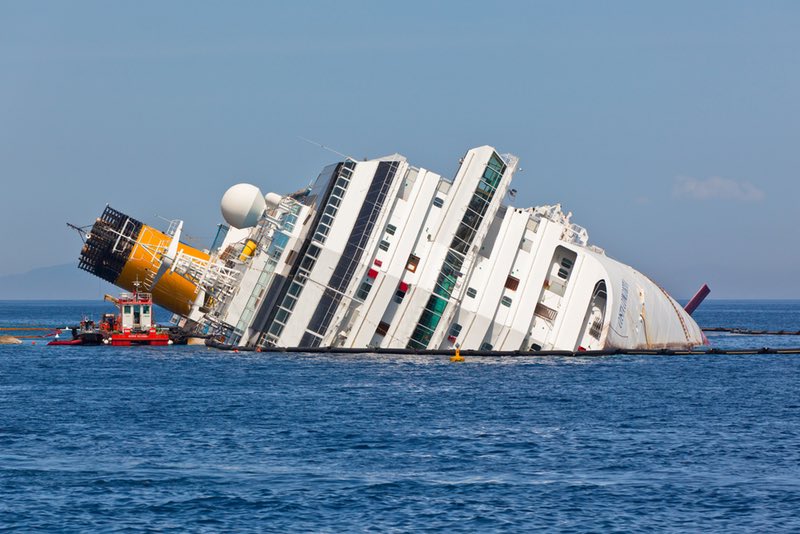
-
Costa Concordia Shipwreck, Italy
Type: Shipwreck
Location: Isola del Giglio, Italy
Closest Airport: Milan
“It’s just like Titanic!” cried a survivor of the Costa Concordia tragedy not long after it occurred.
Yes and no. Both were tragedies and both were cruise ships, but the Titanic sinking in 1912 killed 1,517 people, and then was relatively forgotten about by the public. The only reason everyone knows about it today is because of the famous movie starring Leonardo Di Caprio.
The Costa Concordia, on the other hand, took fewer lives and has not been forgotten about. After the tragedy, immediately, memorials and exhibitions were put up and many locals were pleased by the newfound industry in the town – tourism.
Costa Concordia was a cruise ship that had 3,206 passengers and 1,023 crew members on board when it crashed on 13th January 2012. The ship hit an underwater rock off the waters off the coast of Tuscany near Isola del Giglio.
The ship was only so close to the coast because of a foolish attempt by, Francesco Schettino, the captain, to perform a ‘sail by salute’ – the practice of sailing close by to an island for the interest of passengers and crew.
The impact caused two long strips of steel from the ship’s hull to be shredded resulting in water entering the hull. The ship then capsized and the disaster claimed the lives of 32 passengers.
Today you can visit the rusted and battered remains of the cruise ship by boat. Locals run hour-long tours on zodiacs that leave from Genoas old harbor and take you within 200 yards of the morbid spectacle.
Image – Photography is not allowed on the site so this is an old US army image.
-
Babenhausen Barracks, Germany
Type: WW2 Barracks
Location: Hessen, Germany
Closest Airport: Frankfurt (FRA)
You can’t mention morbid locations in Europe without bringing up something in relation to its darkest time in modern history – WW2.
Dark tourism has lead to a rise in the number of visitors to various WW2 sites across Europe with Auschwitz seeing over 2 million visitors in 2016 but if you’re looking for something a little less crowded and a little more out there check out the Babenhausen Barracks in Germany.
The barracks used to house soldiers but fell into disrepair after WW2, but a section of them has now been turned into a museum. The reason they make the list of dark tourism hotspots in Europe is that there are frequent reports of paranormal activity at the barracks.
Nothing will raise the hairs on your arms quite like a good ghost story and Babenhausen Barracks has a great one. When you get there you may get a fright as you hear German voices coming from the basement shouting commands to their officers.
Lights in the building have been known to turn off and on by themselves so be sure you bring a flashlight with you.
German soldiers have been seen strolling the halls in their military uniforms and soldiers who have visited the site even report picking up a telephone in the barracks and hearing a woman’s voice “speaking backward” – no one is able to make out what she is saying.
- Buy Travel Insurance
- Book Your Accommodation HERE
- Get a universal plug adapter
- Search for Great Tours HERE
- Get a Car Rental
- Get an eSim to be able to use your smartphone abroad.
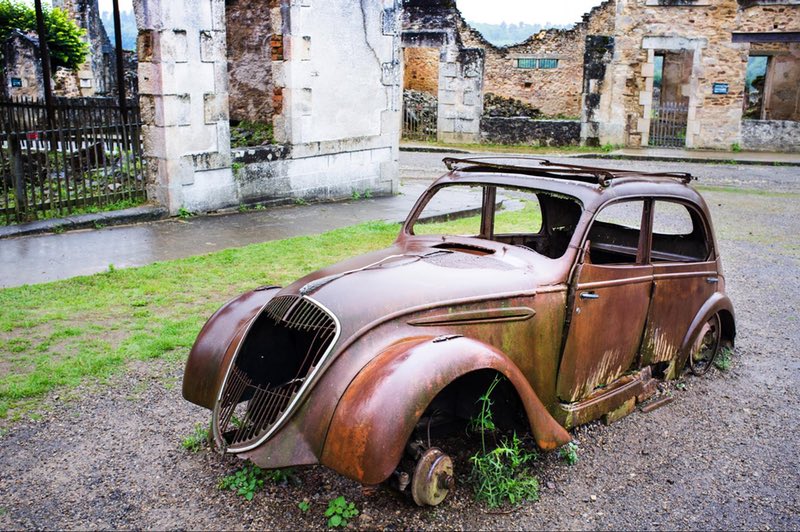
-
Oradour-sur-Glane, France
Type: Post-war Ghost-town/Memorial Museum
Location: Oradour-sur-Glane, France
Closest Airport: Limoges
A visit to Oradour-sur-Glane in France is a truly moving experience but you could expect nothing less from a village that was entirely wiped out by the Nazi SS forces in June of 1944.
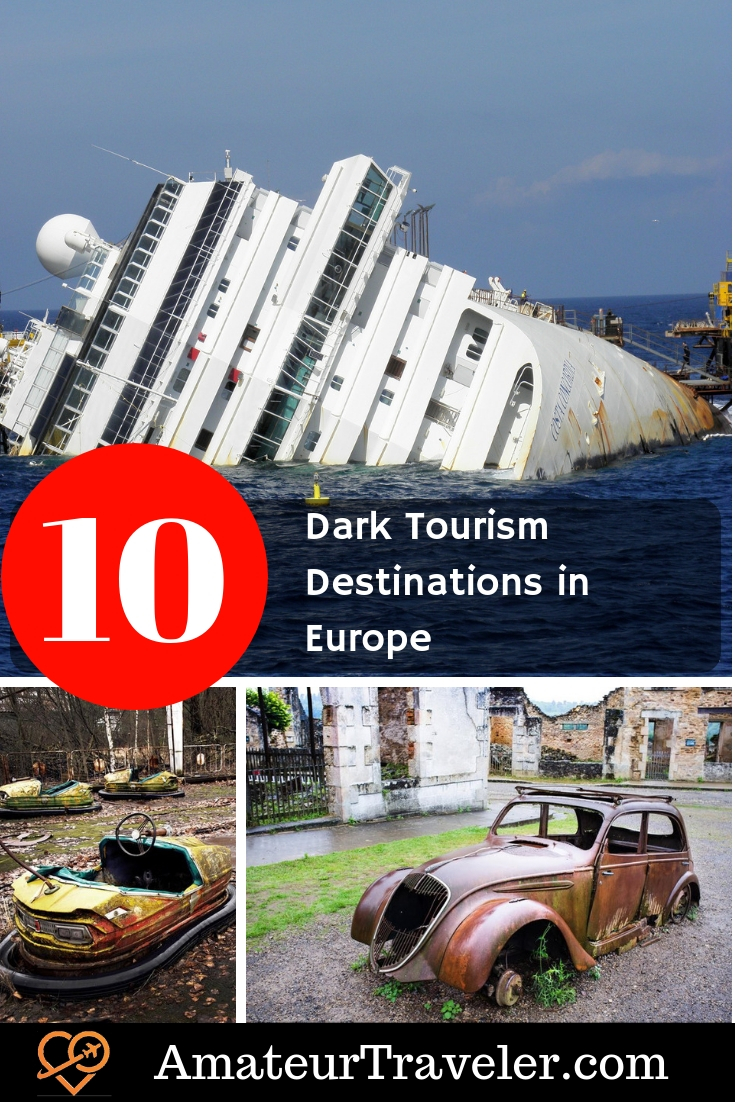
The majority of Europe had hope – there was an end in sight for the war. But just as these celebratory events were happening, a tragedy occurred in the small French village of Oradour-sur-Glane.
Men, women, and children in the village were rounded up by the Waffen SS and massacred. 642 people were killed – some asphyxiated, some machine-gunned, and some burnt alive.
The women and children were rounded up and held in the local church which the SS locked and set on fire. Today if you enter the church you can still see a flattened pushchair, left in its place where it had been found before the altar.
Stepping into the village is like stepping through time. All the remains have been left where they were found as a reminder of the tragedy that happened here and as a warning of the atrocities that happen in war.
The events are still shrouded in mystery. No one knows why this small town was chosen to experience this ultimate horror – theories of Russian gold and revenge killings still remain controversial and we may never know why this poor settlement was chosen.
“Everyone should come here once in their life. Deeply moving, well preserved, and respectful tribute to a truly terrible action and time.”
(Tripadvisor, 2018)
-
Overtoun Suicide Bridge
Type: Celtic mythological site
Location: Dumbarton, Scotland
Closest Airport: Glasgow
Near the quiet and peaceful village of Milton in Scotland, there is a mysterious bridge. For reasons unknown, this bridge has been attracting suicidal dogs since the 1960s.
If you’ve ever owned a dog you probably realize why this is such a strange occurrence – you’re probably thinking ‘I didn’t even know dog suicide was a thing.’ According to most people and canine psychologist Dr. David Sands, it’s not, making the fact that an estimated 50 dogs have taken their lives here even weirder.
Witnesses have seen a number of dogs plummet to a gruesome death from the same spot on the bridge. The canines meet a tragic end landing on rocks 50 feet (15m) below, most dying on impact.
What is even stranger than and adds to the theory that these are suicides rather than freak accidents is that on occasion these dogs can be seen climbing the parapet wall before they make their jump. Some dogs are even so lucky as to survive their brush with death only to return to the bridge and attempt the second jump.
The Scottish Society for the Prevention of Cruelty to Animals has even gone so far as to send investigators to the bridge to determine the cause of these dogs’ suicides. They were also unable to explain the cause of this bizarre behavior.
‘Animals are hyper-sensitive to the spirit world, but I didn’t feel any adverse energy.’
(Psychic Mary Armour)
-
The Festival of Near-Death Experiences
Type: Celebration of life/Festival
Location: As Nieves, Pontevedra, Spain
Closest Airport: Vigo via Madrid
There are a lot of bizarre and strange festivals in the world but none may be quite as strange as the Festival of Near-Death Experiences held in the small village of As Nieves, Spain every July.
The festival of near-death experiences – or the Fiestas de Santa Marta de Ribarteme as the locals call it – is home to all manner of weird and wonderful events and activities. Burning effigies, running with bulls, tomato fights, and wine battles are just some of the fun events a day at this festival will hold in store.
People from all over, who have had a near-death experience, will make the long journey to this remote Spanish village with their friends and family. Once they arrive they are put into coffins and play dead. Their family then carries their coffin through the local streets along with a procession of mourners.
The collection of strange processions then meets at the cemetery of the local church – The Church of Santa Marta de Ribarteme. Prayers are said to Saint Marta and everyone gives thanks for their lives and that they were saved from death by presenting a gift (usually money) to the Saints statue.
“It is a very important day for my family and other families – I remember my mother and my pledge to her and the doctor who saved my life.”
(The Irish Times, 2016)
-
Pripyat, Ukraine
Type: Nuclear disaster
Location: Pripyat, Ukraine
Closest Airport: Kiev-Zhulhany
In the north of Ukraine, you will find the town Pripyat where the Chernobyl nuclear disaster happened in 1986. A horrific disaster turned tourist attraction, Pripyat now attracts over 10,000 visitors a year.
On April 25, 1986, during a late-night safety test there was a simulated station power blackout. The safety systems were intentionally turned off for the test but due to a number of flaws in the reactor design and human error, the nuclear reactor exploded.
It was the worst nuclear power plant explosion in history realizing huge quantities of radioactive material into the earth’s atmosphere. Two people were killed during the explosion and over the coming weeks and months, the full repercussions of the explosion would be realized.
237 servicemen, firemen, and employees were diagnosed with acute radiation sickness of which 31 died within the first 3 months. In the greater population, men, women, and children developed cancer, deformities, and had symptoms of acute radiation sickness.
To this day, the full human impact of Chernobyl is unknown. The estimates differ significantly with some saying the number of people affected tops a million. After this event and the tragic consequences that are still being felt today, no one ever expected it to become a tourist attraction.
Today, the Ukrainian government allows tourists to take short and regulated visits 30 miles into the exclusion zone and into the abandoned town of Pripyat.
Tens of thousands of people were evacuated from the town during the Chernobyl explosion, homes, schools, and even an amusement park were left behind to decay. Untouched by humans since their evacuation, stepping into this town is like stepping into a post-apocalyptic movie.
The ghost town is like a freeze-frame form the soviet-era, with communist propaganda hanging from the walls and hammer and sickles stuck to notice boards and streetlamps. As you walk through the town you will get the feeling that you are frozen in time as all the clocks have stopped at 11:55 – the moment that power was cut to the town.
“This was a highlight of four months of travel through Central Asia and Eastern Europe! Seeing the nuclear power plant and the nearby Duga Soviet radar system was really cool. Visiting Pripyat, in particular, was something completely different and will stay with me.”
read more at 10 Reasons Why Chernobyl Tours Are the Best Dark Tourism Experience
(Tripadvisor 2018)
-
Vilnius, Lithuania
Type: Museum
Location: Vilnius, Lithuania
Closest Airport: Vilnius
Until 1991, Vilnius, Lithuania was home to a full operation KGB headquarters and prison.
Nowadays it has been converted into the Museum of Genocide Victims showing exhibits to educate visitors about the repression of Lithuanian citizens under Soviet rule, including the deportations to Siberian gulags.
Both the German Gestapo and the KGB have operated within the building committing and planning numerous atrocities. For most people, the events that happened in Lithuania under the rule are unfamiliar as it is not a thing that is taught in Western Europe so there is no better place to go and learn that this useful and educational museum.
Over 75,000 Lithuanians disappeared during the Soviet rule with gulags, and others put in prison or executed. There was extensive exploitation of natural resources by the communist government and a number of Lithuanians attempted to resist the government and form a rebellion but the KGB was quick to round up, torture, and kill anyone with reported links to rebel activity.
The museum includes a basement with KGB prison cells and an execution room showing visitors some of the ghastly elements of this extremely dark site. Political prisoners, as well as local Lithuanians, were interrogated and tortured here with over 1,000 victims being killed in their execution room.
Some of the basement cells are completely preserved, not having changed a bit since they were last operational in 1991 giving the museum true authenticity.
“This museum provides insight into KGB ways of working. Chilling. It also is an ode to the many brave Lithuanian partisans. For decades they fought for their freedom which finally came after the 1989 Singing Revolution. I learned so much.”
(Tripadvisor 2018)
-
Troubles Tours, Northern Ireland
Type: City Tour
Location: Belfast, Northern Ireland
Closest Airport: Belfast
Now known as the Emerald of Ireland, Belfast was once associated more with gruesome than green.
For years, from the sixties well into the late nineties, no one wanted to step foot in Belfast due to ‘The Troubles.’ Now, in post-Troubles Belfast, tourists flock to the streets to learn about the brutal history of the IRA.
‘The Troubles’ refers to the period of time in Belfast where nationalists and unionists were in conflict. This conflict, often described as a guerrilla war, was ended in 1998 by the Good Friday Agreement.
Today you can get a black taxi tour of the city where you will be driven to various areas of significance during the troubles. From political murals the Falls and the Shankill which show their own graphic tale of the Troubles of Northern Ireland to the peace line that was used to keep nationalists and unionists apart during these times and lead to further division among the communities.
You can also get a tour of Crumlin Road Jail and Court House. This old Victorian building played a significant role in ‘The Troubles.’ It is the place where many people involved in the war were convicted, imprisoned, and even executed. In these courthouses, the true stories of many bombing, killings, and tortures came to light, and children were even once held within its cells.
“The visit to Crumlin Road Jail gave us a real feeling of what it was like to be in prison in the 19th century. It also includes a sobering and informative look at the execution cell and all that happened there. Not for the nervous sort.”
(Tripadvisor 2018)
-
Pompeii, Italy
Type: Archeological site
Location: Pompeii, Italy
Closest Airport: Naples
Pompeii has been famed for centuries for its volcanic eruption in 79AD that left the entire city in ruin. It is probably one of the oldest dark sites in Europe and although the term ‘dark tourism’ was coined fairly recently, people have been making the voyage to see the destroyed city for centuries.
An important site for archaeologists or anyone interested in history, the site is the largest and most well preserved Roman town. The very reason the ancient city was preserved so well is the same reason it became a dark tourism spot – the covering of ash it got the night of the disastrous eruption of Mt Vesuvius.
The site lay covered in ash but was discovered in the 18th Century and has since held a draw for those interested in the grim and gruesome. In the archaeological dig of the site, a number of both glorious and gruesome discoveries have been made from beautiful mosaics to perfectly preserved human bodies.
The bodies are the main draw for many dark tourists – seeing perfectly preserved roman citizens as they try to flee the eruption, displaying the last agonizing moments of Pompeii is a once in a lifetime opportunity.
A number of the bodies on display within the site are actually made from plaster and come from the “Alley of Skeletons.” One of the streets in Pompeii had several air pockets in it that were the outlines of human remains so archaeologists poured plaster into the voids and waited for it to harden revealing victims contorted in various positions as they try to shield themselves from volcanic lava and ash.
“This place is amazing; you can really imagine how it was to live in Ancient Rome. Incredible remains that have been preserved so well. Beautiful mosaics. Amazing cobbled streets.”
(Tripadvisor 2018)
-
The Battle of the Somme, France
Type: Battlefield
Location: Somme, France
Closest Airport: Paris
As soon as someone mentions The Battle of the Somme, in your mind, you immediately conjure up the bloody images of a World War 1 battlefield. At this spot, three million soldiers of about 20 nationalities fought along 45km of land.

Today and forever the Somme will be scarred by the great battle that took place here. You can take a walking tour along the battlefield and see many of the trenches still in place as well as a walk among the cemeteries and memorials put up in the area for all those who died there.
The landscape tells the story of the battle as explosions, ruins, and shell holes mark the land. The Lochnagar Crater is the only remaining mine hole that you can visit on the Western Front and it is quite a sight at 91m in diameter and 21m deep.
You can also visit Historial de la Grande Guerre along the riverfront in the town of Peronne. It is home to an extensive ray of trilingual exhibitions which include loads of interactive media and are thought-provoking and educational.
“I learnt so much and saw how so many died there and so many classed as ‘missing’ in unmarked graves. A part of history we should not forget and never let happen again.”
(Tripadvisor 2018)
+Chris Christensen | @chris2x | facebook
3 Responses to “10 Dark Tourism Destinations in Europe”
Leave a Reply
Tags: article, dark tourism, france, germany, italy, lithuania, northern ireland, scotland, spain, ukraine, united kingdom

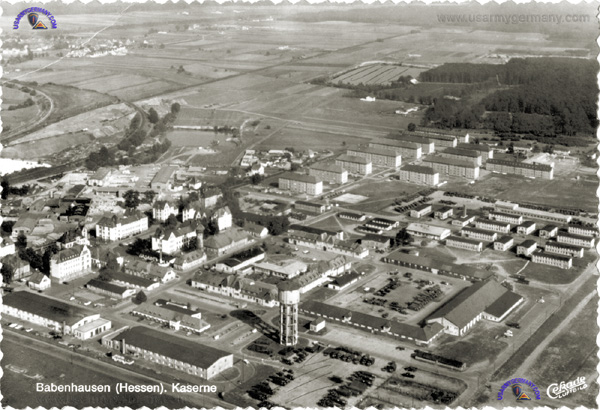

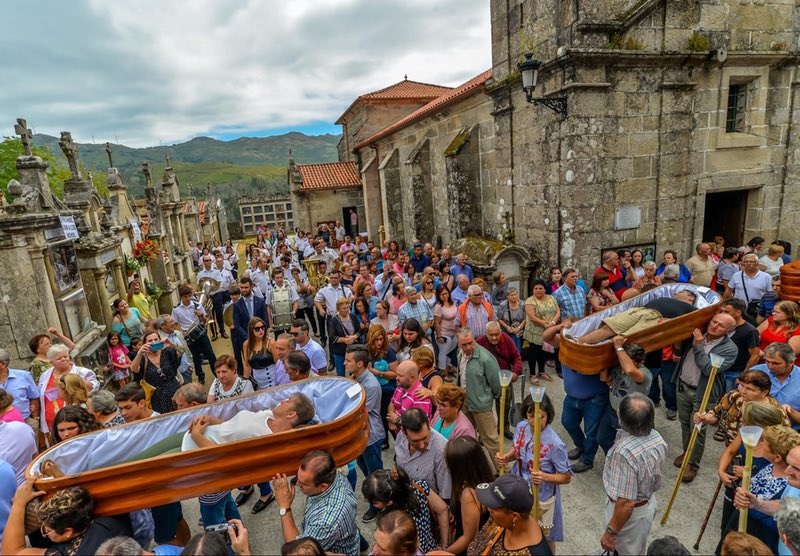
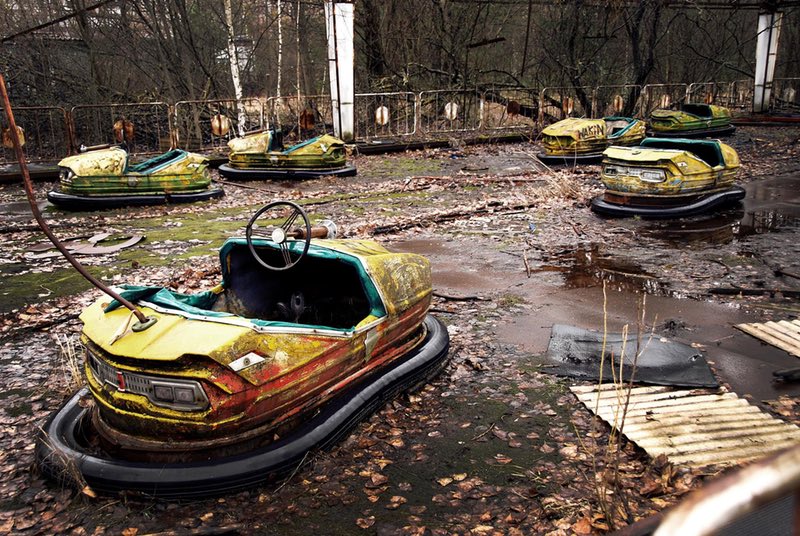
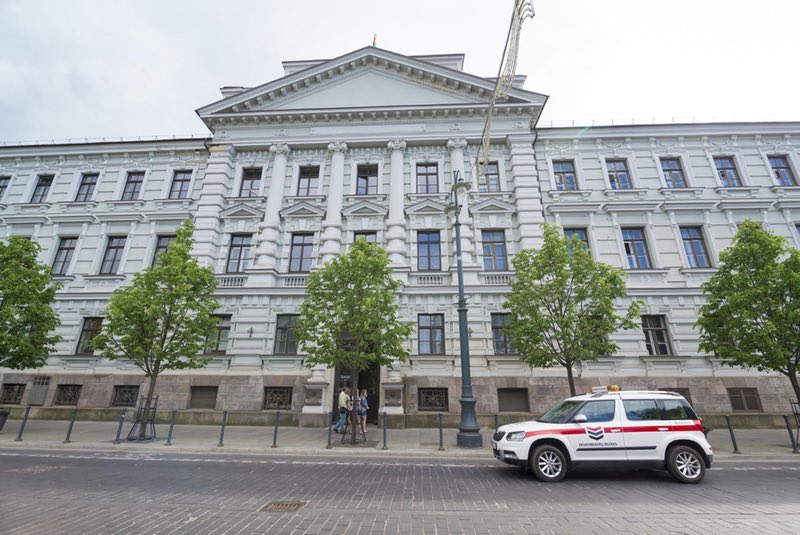
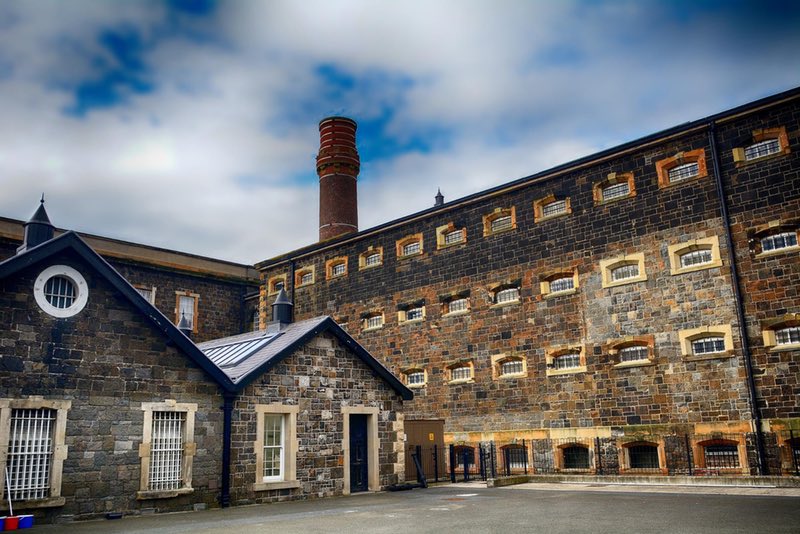
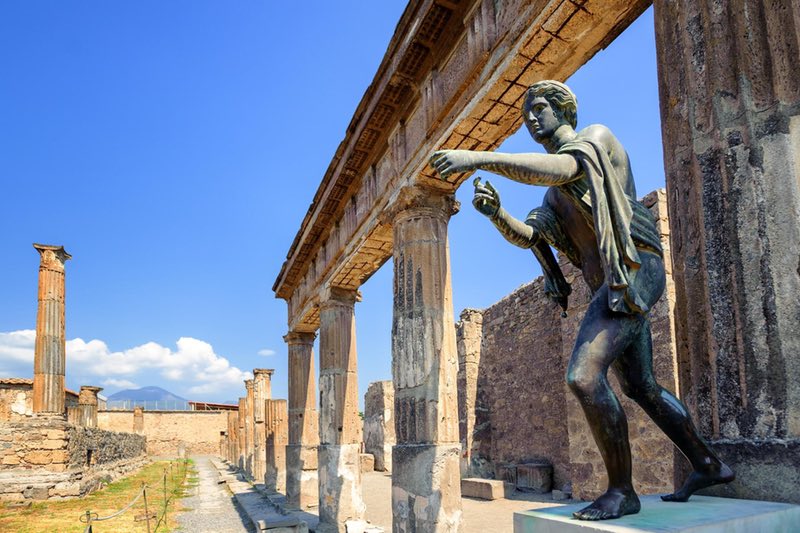
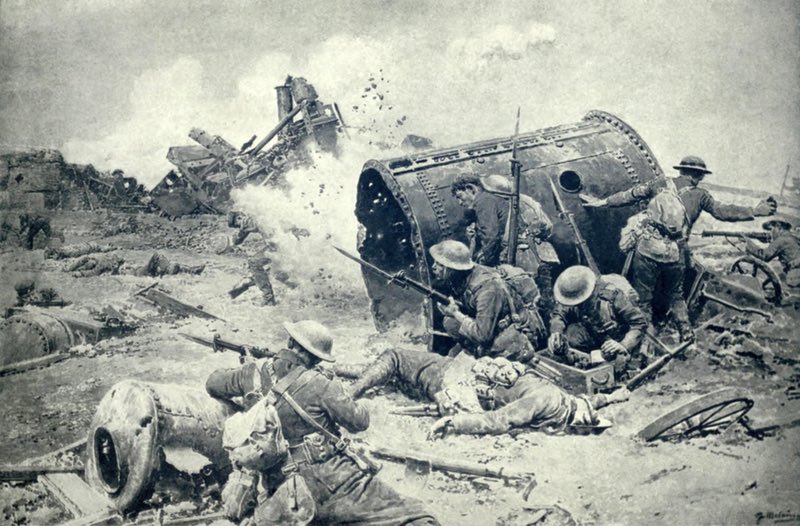
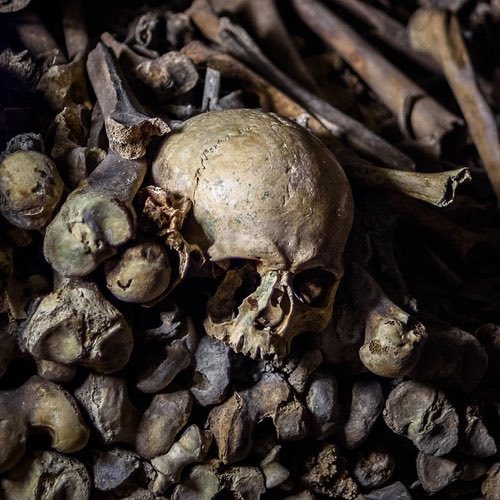 4 Scariest Places in Europe
4 Scariest Places in Europe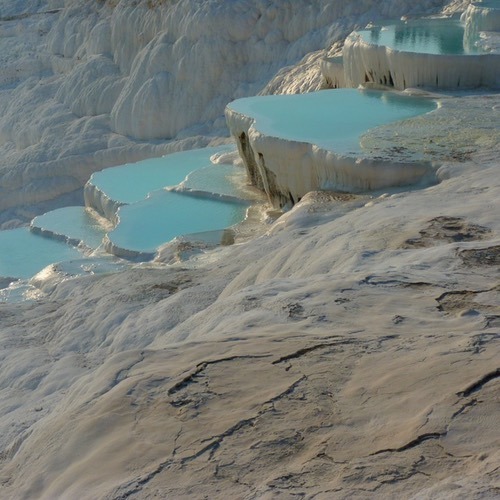 Top 7 Hot Springs in Europe That Are Worth the Long-Haul Flight
Top 7 Hot Springs in Europe That Are Worth the Long-Haul Flight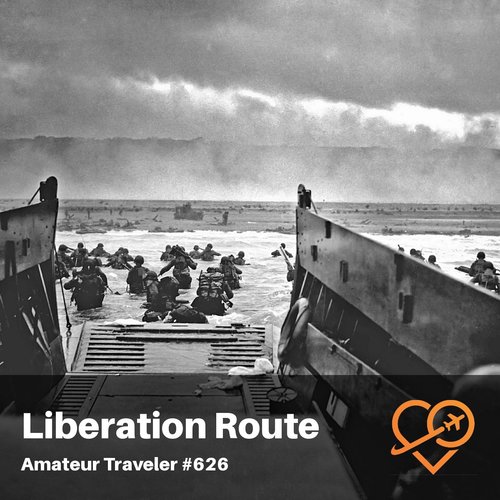 The Liberation Route Europe (WWII) – Episode 626
The Liberation Route Europe (WWII) – Episode 626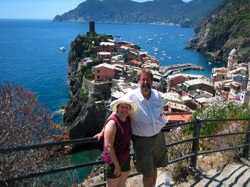 Travel Journal – Europe Trip 2007
Travel Journal – Europe Trip 2007

Andi
Says:September 22nd, 2018 at 1:52 am
Darkly amusing, sad, interesting, mesmerizing post. Thanks for some great off-the-beaten-track travel ideas! I’m in Vienna right now and just heard of an “Ugly Vienna Tour”, showing the darker side of this bright and polished city. I kind of like seeing the gritty reality so I may check it out.
chris2x
Says:September 22nd, 2018 at 6:18 am
I thought people would like this one when it was pitched to me. 🙂
meshack
Says:October 8th, 2018 at 2:28 am
Costa Concordia Shipwreck, Italy
On the evening of January 13th, 2012, the cruise industry was forever changed after the modern, family cruise ship, the Costa Concordia collided with rocks and sank off the coast of Italy. The thought of a modern cruise ships, catering to families and couples on a romantic Mediterranean getaway, would be able to sink like she did, is truly unfathomable